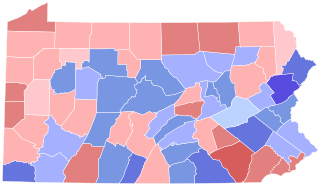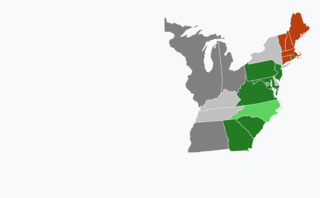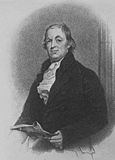
Richard Dobbs Spaight was an American Founding Father, politician, planter, and signer of the United States Constitution, who served as a Democratic-Republican U.S. Representative for North Carolina's 10th congressional district from 1798 to 1801. Spaight was the eighth governor of North Carolina from 1792 to 1795. He ran for the North Carolina Senate in 1802, and Federalist U.S. Congressman John Stanly campaigned against him as unworthy. Taking offense, Stanly challenged him to a duel on September 5, 1802, in which Stanly shot and mortally wounded Spaight, who died the following day.

John Baptist Ashe was an American politician and military officer from Halifax, North Carolina.

Jonas Galusha was the sixth and eighth governor of Vermont for two terms in the early 19th century.

Thomas Worthington was an American politician who served as the sixth governor of Ohio.

The 1802–03 United States House of Representatives elections were held on various dates in various states between April 26, 1802 and December 14, 1803. Each state set its own date for its elections to the House of Representatives, either before or after the first session of the 8th United States Congress convened on October 17, 1803. They occurred during President Thomas Jefferson's first term in office.

Israel Smith was an American lawyer and politician. He held a wide variety of positions in the state of Vermont, including as a member of the United States House of Representatives, a member of the United States Senate, the fourth governor of Vermont.

The 1804 New York gubernatorial election was held in April 1804 to elect the Governor of New York. Incumbent Governor George Clinton did not run for re-election, having been nominated for Vice President of the United States in February. In a campaign that blurred partisan divisions, Morgan Lewis defeated Aaron Burr by a landslide margin.

The 2011 Louisiana gubernatorial election was held on October 22 with 10 candidates competing in a nonpartisan blanket primary. Incumbent Republican Bobby Jindal won a second term. Since he won an outright majority of the vote in the blanket primary, a runoff election that would have otherwise occurred on November 19 was unnecessary. This was the last time until 2023 that a Republican was elected governor of Louisiana and that a Louisiana governor election was decided without a runoff.

The 1802–03 United States Senate elections were held on various dates in various states. As these U.S. Senate elections were prior to the ratification of the Seventeenth Amendment in 1913, senators were chosen by state legislatures. Senators were elected over a wide range of time throughout 1802 and 1803, and a seat may have been filled months late or remained vacant due to legislative deadlock. In these elections, terms were up for the senators in Class 1.

The 1811 Pennsylvania gubernatorial election occurred on October 8, 1811. Incumbent Democratic-Republican governor Simon Snyder won re-election over Federalist candidate William Tilghman, the Chief Justice of the Pennsylvania Supreme Court, by a wide margin. Two of the major policy goals on which Snyder campaigned were increasing spending for infrastructural upgrades and authorizing the transfer of governmental operations from Lancaster to Harrisburg.

The 1866 Pennsylvania gubernatorial election occurred on October 9, 1866. Incumbent governor Andrew Gregg Curtin, a Republican, was not running for re-election.

The 1878 Pennsylvania gubernatorial election occurred on November 5, 1878. Incumbent governor John F. Hartranft, a Republican, was not a candidate for re-election.

A general election was held in the U.S. state of Rhode Island on November 6, 2018. The party primaries for the election occurred on September 12, 2018. All of Rhode Island's executive officers went up for election as well as Rhode Island's Class I U.S. Senate seat and both of Rhode Island's two seats in the United States House of Representatives.

The 1802 Rhode Island gubernatorial election was an election held on April 21, 1802, to elect the governor of Rhode Island. Arthur Fenner, the incumbent governor and Democratic-Republican candidate, beat the Federalist candidate William Greene with 66.28% of the vote.

United States gubernatorial elections were held in 1802, in 12 states, concurrent with the House and Senate elections.

United States gubernatorial elections were held in 1803, in 12 states.

The 1802 Massachusetts gubernatorial election was held on April 6.

The 1803 Massachusetts gubernatorial election was held on April 4.

The 1802 New Hampshire gubernatorial election took place on March 9, 1802. Incumbent Federalist Governor John Taylor Gilman won re-election to a ninth term, defeating Democratic-Republican candidate, former Governor and U.S. Senator John Langdon.

The 1802 Connecticut gubernatorial election took place on April 8, 1802. Incumbent Federalist Governor Jonathan Trumbull Jr. won re-election to a fifth full term, defeating Democratic-Republican candidate Ephraim Kirby.























